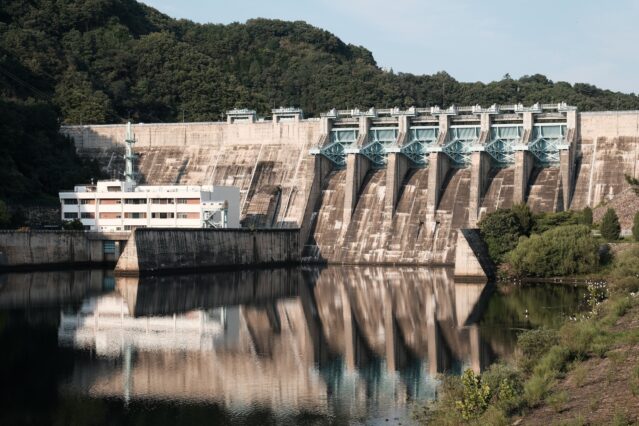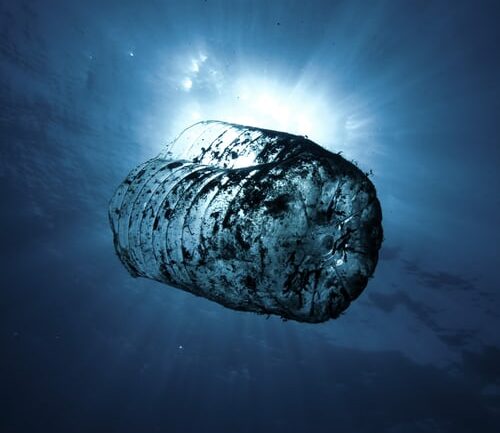By Samhar Almomani, Publishing Associate Researcher & Writer at Save the Water™ | September 15, 2022
In late August, Missippi’s Governor declared a water emergency for the residents of Jackson, Mississippi. Pumps at the main water treatment facility failed, leaving more than 150,000 residents without a reliable water source. To many onlookers, what the residents of Mississippi are going through echoes a similar crisis that afflicted Flint, Michigan in 2016.
These crises remind us need to invest in modern, safe water infrastructure.
Dangers of Underfunded Water Infrastructure
Many dangers result from underfunded water infrastructure:
- Increased breakage that results in cutting off water supply
- Lead and copper leaching from corrosion that makes water dangerous
- More water boiling notices due to contaminants
- Increased leaks leading to high financial costs
The City of Jackson in Mississippi suffers from many of these problems. Recent torrential rains compounded years of water infrastructure neglect. Now, thousands of residents have little to no access to clean water. The main water treatment facility failed and directly caused this situation. In 2020, the treatment facility failed an Environmental Protection Agency (EPA) inspection.
The EPA had said that the water in the treatment facility could become toxic by being the host to harmful bacteria and parasites “based on observations of the water’s turbidity, or cloudiness, as well as ‘disinfection treatment concerns, and/or the condition of the distribution system.”
The Health Effects of Contaminated Water
Water contamination can cause disease in millions of people that rely on that water supply. Ideally, water would be supplied from local water sources, such as rivers and streams.
However, that is not always the case. Years of underfunding and neglecting water infrastructure exposes people to toxic water every day. Specifically, water treatment facilities that are supposed to clean out the water are not maintained properly, leading to a toxic water supply being sent to homes, schools, and hospitals. Usually, people from a disadvantaged background bear the worst effects.
People from disadvantaged backgrounds also are located in places that are often in low-lying flood zones, near industrial facilities, and other areas considered prone to natural disasters. Living in these areas makes a person especially vulnerable to dangerous effects to health. Namely, failing infrastructure after natural disasters will lead to hazardous substances in the water facilities.
What Can You Do to Fix Underfunded Water Infrastructure?
EPA recommends two ways to tackle underfunded, aging water infrastructure. The first one involves a wastewater treatment clearinghouse, which is a platform that allows the sharing of the latest and most cost-effective solutions relating to water treatment. Notably, the clearinghouse will include information for both centralized and decentralized treatment systems.
The other EPA recommendation involves an Alternative Technologies and Assessment chart. This chart includes resources that point to the best, newest, and most innovative technologies relating to water infrastructure.
You can educate yourself about these solutions by clicking the links above. By educating yourself about the ways you can help, you can become an avid activist for safe, drinkable water. This could be done through a number of ways, such as attending council meetings or voicing your concerns.
By bringing attention to the dire issue of underfunded, old water infrastructure and looking into ways you can help, you can start helpful changes in both your community and the world.





